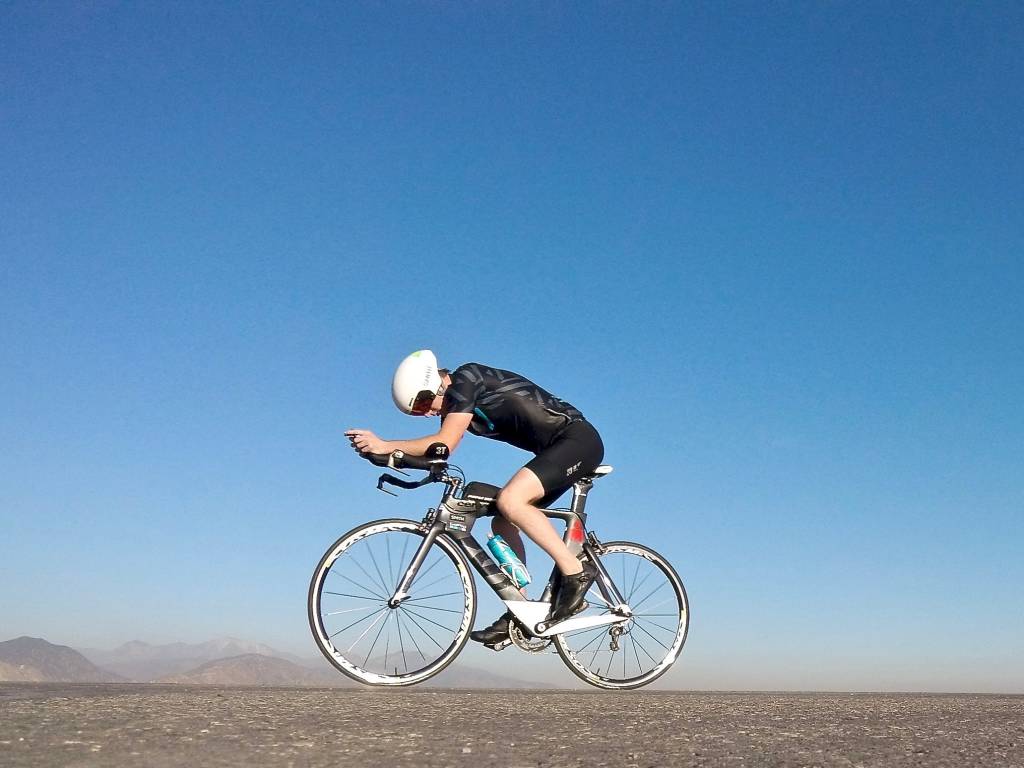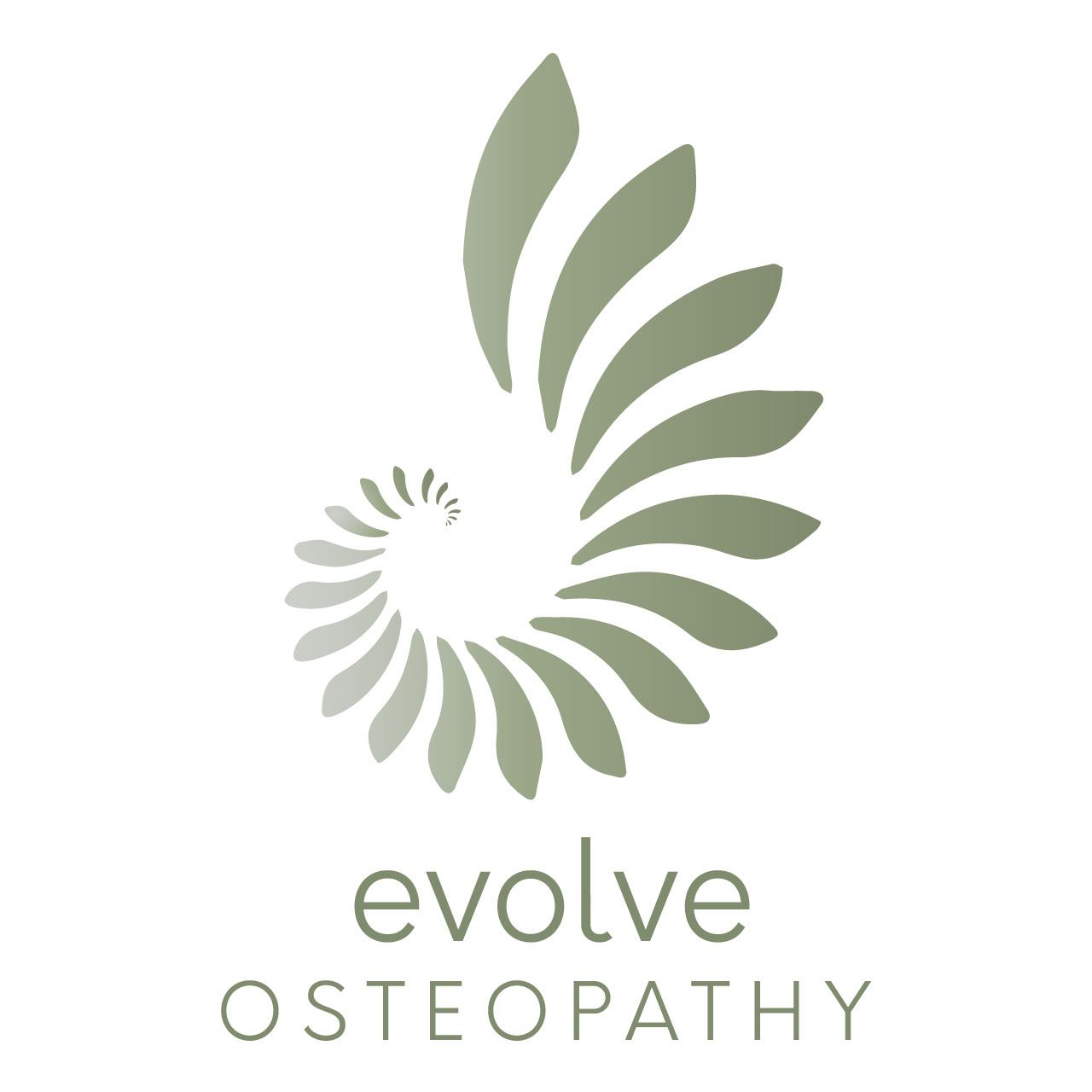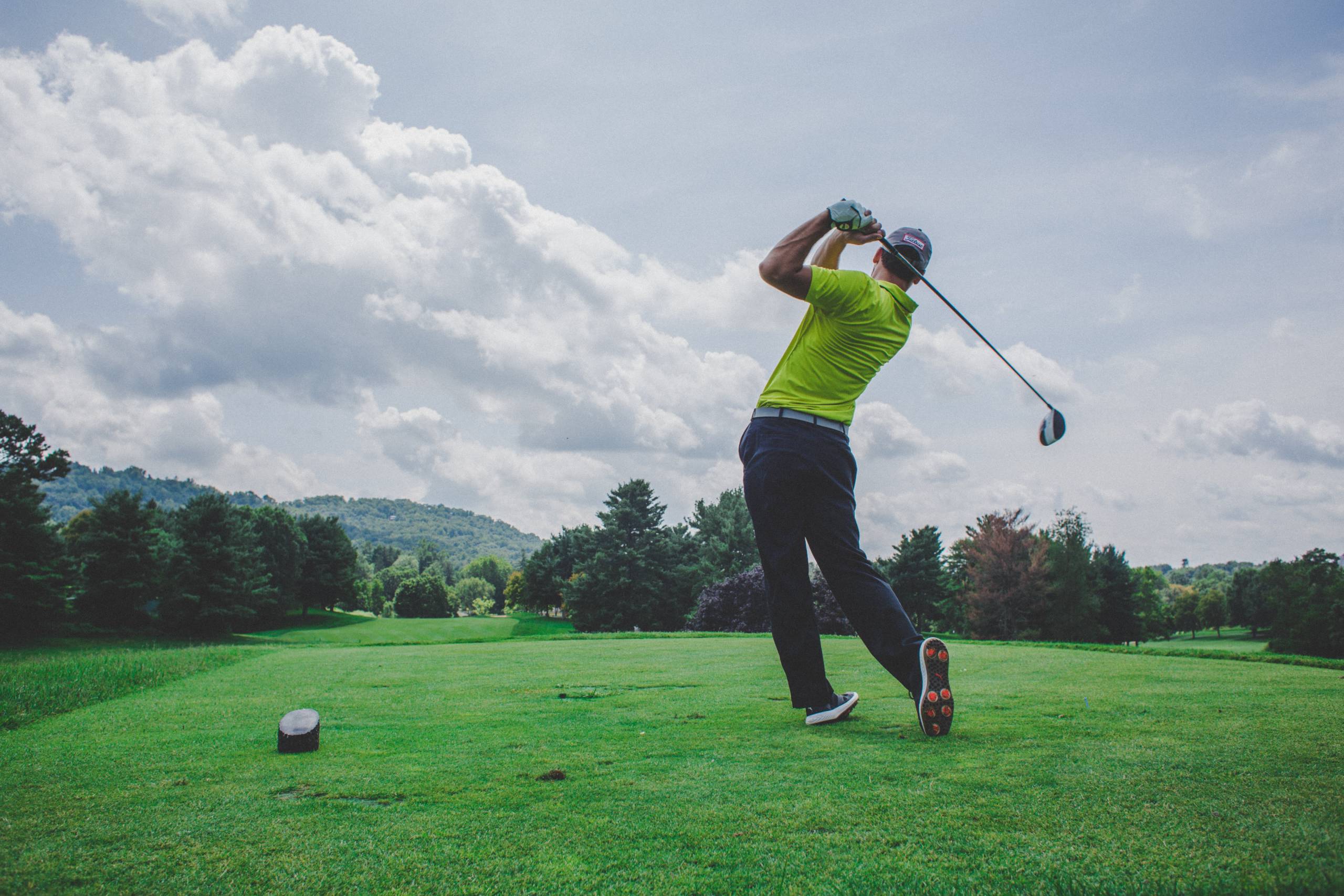Osteopathy is a holistic approach to healthcare that focuses on the musculoskeletal system and its impact on overall health and well-being. It aims to treat and prevent injuries, improve mobility, and optimize performance through manual manipulation techniques. In the context of sports performance, osteopathy can be a valuable tool for athletes looking to enhance their abilities and achieve their maximum potential. In this article, we will explore how osteopathy can contribute to improving sports performance and the role it plays in optimizing athletic abilities.
Enhancing Sports Performance with Osteopathy
Osteopathy can play a significant role in enhancing sports performance by addressing both acute injuries and chronic conditions. One of the primary goals of osteopathic treatment is to restore and maintain the balance and alignment of the musculoskeletal system. By doing so, it can help athletes recover from injuries more effectively and prevent future injuries from occurring. Through manual manipulation techniques, such as soft tissue massage, joint mobilization, and stretching exercises, osteopaths can target specific areas of concern, improve circulation, reduce muscle tension, and promote overall flexibility and range of motion. These interventions can help athletes optimize their movement patterns, reduce pain, and enhance muscular strength and endurance.
The Role of Osteopathy in Optimising Athletic Abilities
Osteopathy goes beyond treating injuries and directly contributes to optimizing athletic abilities. Osteopaths understand that the body works as a whole, and any imbalance or restriction can affect overall performance. By assessing an athlete’s posture, gait, and movement patterns, osteopaths can identify areas of dysfunction or asymmetry that may hinder performance. Through manual manipulation techniques, osteopaths can release restrictions, improve joint mobility, and restore proper alignment, allowing athletes to move more efficiently and powerfully. Additionally, osteopathy can help improve proprioception, which is the body’s ability to sense its position and movement in space. Enhanced proprioception can lead to better coordination, agility, and reaction time, all of which are crucial for sports performance.


Conclusion
Osteopathy offers a unique approach to improving sports performance by addressing the musculoskeletal system’s functionality and its impact on the body as a whole. By restoring balance, alignment, and proper movement patterns, osteopaths can help athletes recover from injuries, prevent future injuries, and optimize their athletic abilities. Whether it is through reducing pain, enhancing flexibility, or improving proprioception, osteopathy can play a valuable role in helping athletes achieve their maximum potential. By incorporating osteopathic treatment into their training regimen, athletes can enhance their sports performance and maintain optimal physical condition.



